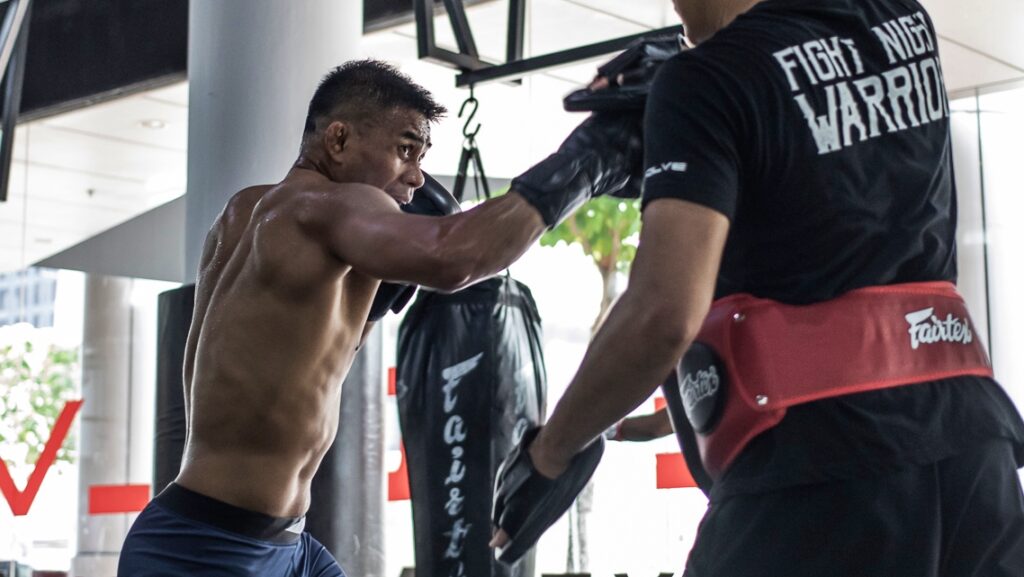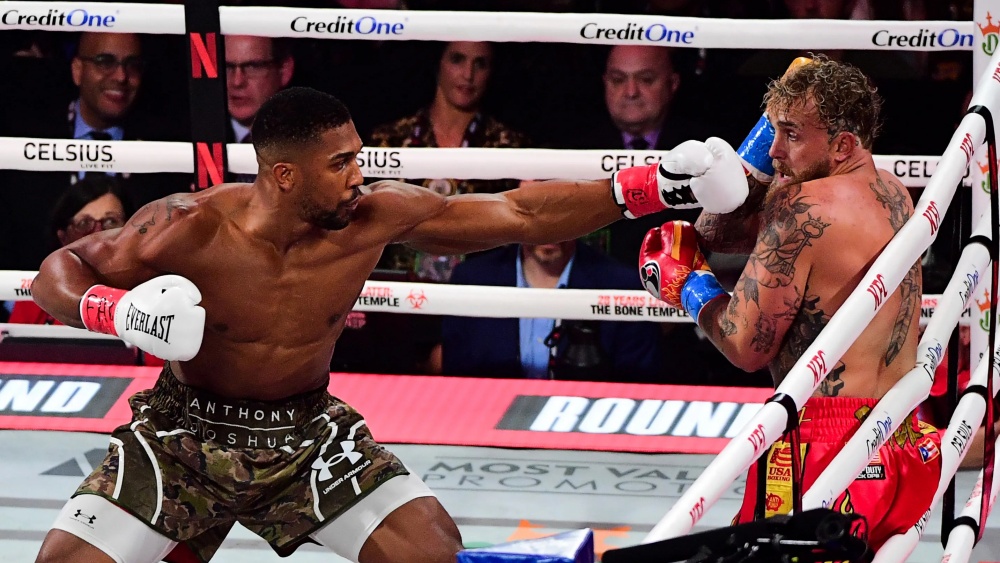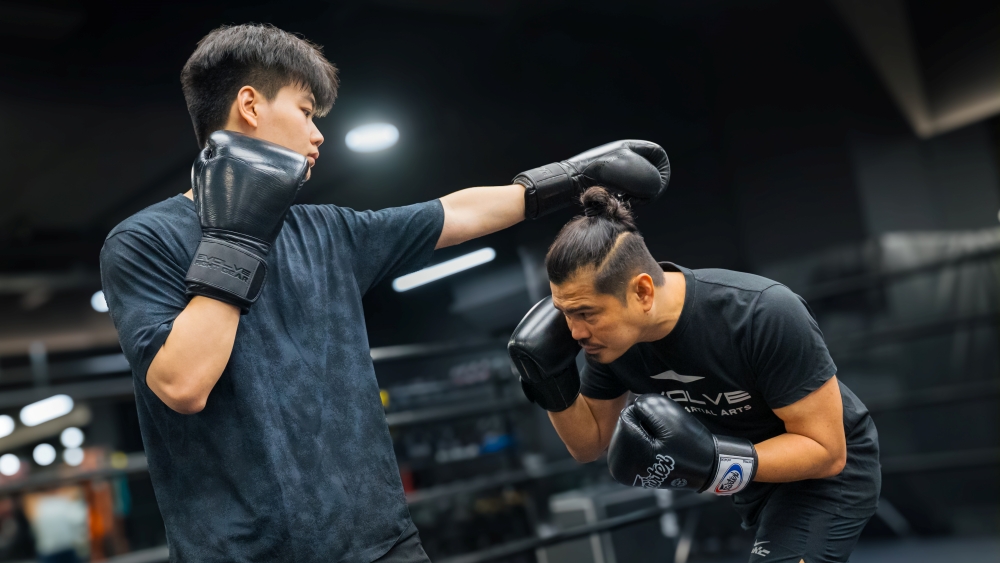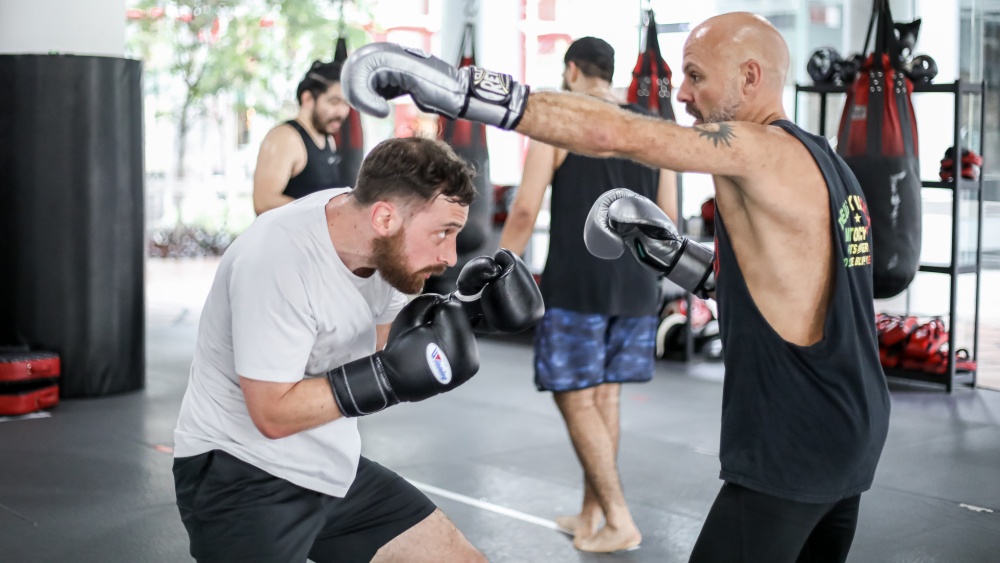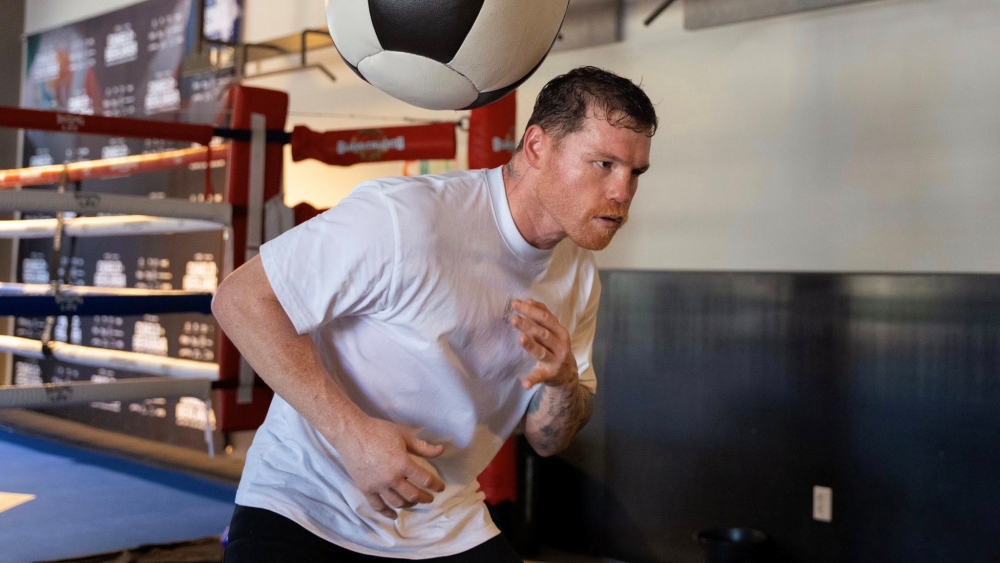Training is important in any martial art, especially in boxing, where so much of your success is predicated on your ability to execute. It’s an intensely physical game in the ring, and the better-conditioned fighter usually ends up getting the victory. This is why most successful boxers practically live in the boxing gym.
Being in excellent condition and mastering the techniques will set you up for success, but there’s simply more to boxing than just training hard. In this particular martial art, a fair amount of strategy is involved. It’s definitely worth working on your boxing strategies just as much as you work on your conditioning.
Boxing tactics in the ring is a complex ordeal. So much thought goes into preparing strategies for a fight, that many professional boxers at the highest levels of the sport spend extra time meticulously plotting their strategies before they step into the ring.
Of course, the ability to constantly switch between strategies and tactics mid-fight is a great characteristic to have. So be flexible in how you develop your skills.
Where do you start? We’ve come up with a few simple strategies and tactics you can incorporate into your boxing game. The prerequisite, of course, is that you’re conditioned well enough to execute these strategies.
Depending on what kind of fighter you are, and what skills you’ve cultivated in training, these strategies will help you put together a cohesive performance.
Today, Evolve Daily shares five common boxing strategies you can add to your game.
1) Cutting off the ring / Ring generalship
Perhaps the most important tactic in the ring is using your ring generalship and superior footwork to maneuver your opponents into certain areas of the ring where you have the advantage, particularly the corner or along the ropes.
This will allow you to be able to make the most out of your combinations, where you’re not just chasing your opponent around the ring, but actually connecting on your power shots.
You could be dealing with an elusive opponent, for which this tactic is ideal. Knowing how to cut off the ring is essential to victory.
This tactic involves a great deal of anticipation and ring intelligence. You have to study how your opponent moves mid-fight. By determining your opponent’s movement strategy, you can then better foresee where he plans to move next. This will allow you to cut off the ring by positioning yourself in your opponent’s pathway, closing off any escape points.
Once you’ve successfully cornered your opponent or trapped him along the ropes, then you can unload your combinations. Rinse and repeat.
2) Pressure fighting
One of the most common boxing strategies is pressure fighting. Throughout history, there have been many great pressure fighters who have seen varying levels of success at the top of the sport. Filipino boxing icon Manny Pacquiao is one of the more prominent, as are similar pugilists such as Arturo Gatti, Israel Vasquez, and the like.
The ability to throw punches in bunches is a trademark of pressure fighters. Five or six punch combinations are standard for these types of boxers. They offer a constant torrent of forward movement, behind a volley of offense. Opponents are often left exhausted trying to defend against the onslaught, as it rarely ceases.
A Home HIIT Workout That Will Level Up Your Boxing https://t.co/Fhp5Gb3JSI #EvolveMMA #Boxing pic.twitter.com/Fla11UDOce
— Evolve MMA (@EvolveMMA) May 19, 2020
The main goal of pressure fighting is to overwhelm opponents with volume punching.
Obviously, a huge requirement for being a pressure fighter is insane cardiovascular endurance, which you’ll have to work on in training. To be able to sustain a constant amount of pressure will require a fighter to be in top condition, and being in better condition than your opponent is a given.
3) Using range
Range is a very important concept in boxing, and there are two types — having the ability to use range to fight from a distance, or having the ability to quickly move into close quarters to fight in the pocket. Being proficient in both styles is ideal.
Both styles heavily rely on the use of the jab in varying methods.
Jabbing from the outside will prevent opponents from getting in close, as you pick them apart from range. Using the jab as both a range-finder and a deterrent helps this particular style become more effective.
On the other end of the spectrum, using the jab to work your way on the inside is just as important. Coupled with great footwork, you can jab your way into close quarters, or move inside behind your combinations. In this instance, the jab is thrown with the intent to damage.
In every fight, you’re either boxing from the inside or the outside, so having a keen understanding of both range variations is essential to your boxing strategy.
4) Superior movement
In every instance, having better movement than your opponent gives you a great advantage. Usually, boxers who exhibit superior movement are easily able to handle their opponents, as they gain the ability to move in and out of range to apply different methods of attack, or are able to use their footwork to escape danger.
Movement drills in boxing are very important, and every fighter should focus on constantly improving their footwork. With the ability to glide across the ring, seamlessly transitioning between offense and defense, you can put yourself in a great position to impose your will.
5 Boxing Exercises That Will Get You In Incredible Shape During The Circuit Breaker Lockdown https://t.co/Sp6wkdV3Hk #EvolveMMA #Boxing pic.twitter.com/uKMK4XkoiX
— Evolve MMA (@EvolveMMA) May 10, 2020
A great example of a boxer with terrific movement is two-division world champion Vasyl Lomachenko. Lomachenko’s footwork is absolutely extraordinary, and it is his primary weapon. His ability to move in and around his opponents’ space is crucial to his success.
Other boxers with great movement include Guillermo Rigondeaux, Floyd Mayweather, and Bernard Hopkins. Study how these fighters move, and how they use movement to manipulate their opponents, and you will understand just how significant of an advantage it is to have superior movement.
5) Countering
Lastly, a counterpunching strategy is common in boxing but also highly effective.
The counterpunching style is an art form, in and of itself. When implemented correctly, it’s a thing of beauty and an absolute joy to witness in the ring. Having knowledge of the proper counters to use in any instance, and having the situational awareness necessary to pull them off is incredible.
Counterpunching can be drilled in the gym, and with enough practice, certain counters and combinations can be etched into your muscle memory. This will then give you the ability to fire your counters quickly, and in some cases, simultaneously with your opponent.
Of course, you never want to rely too much on counterpunching, as it opens the door for you to get outworked. Because you’re constantly waiting on your opponent to make a move, counterpunching isn’t as effective against opponents who like to pick their shots. This is where the jab comes into play.
In order to employ an effective counterpunching style, you must use the jab to set up your combinations. At the same time, you need to learn how to lay traps with your feints, so you can bait your opponents into making mistakes which you can capitalize on.
If you found this article interesting, here are some others that you may enjoy:
5 Of Sugar Ray Leonard’s Signature Boxing Techniques You Can Add To Your Game
